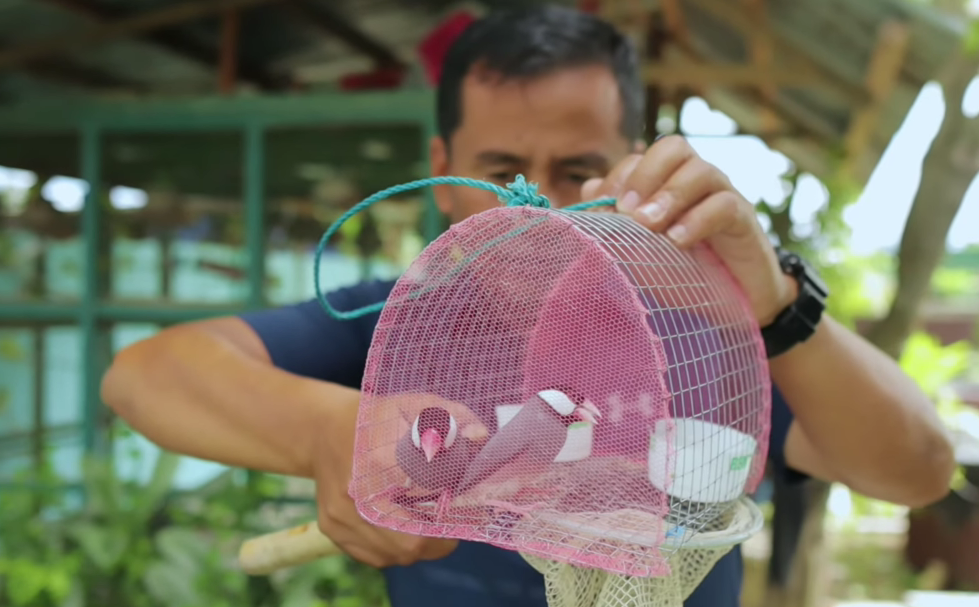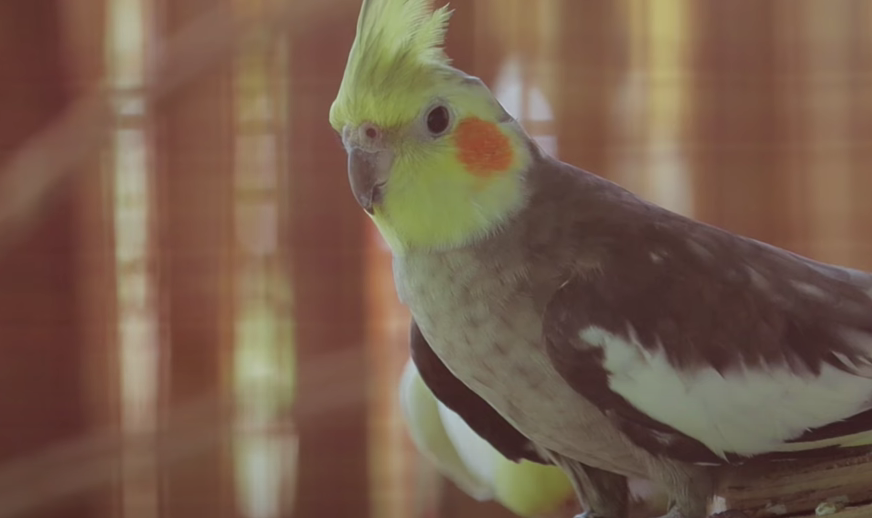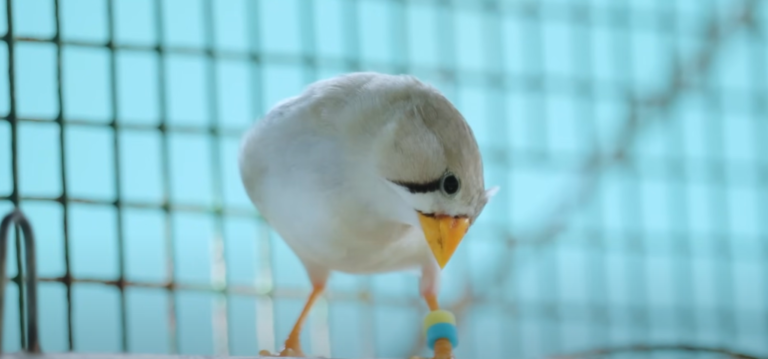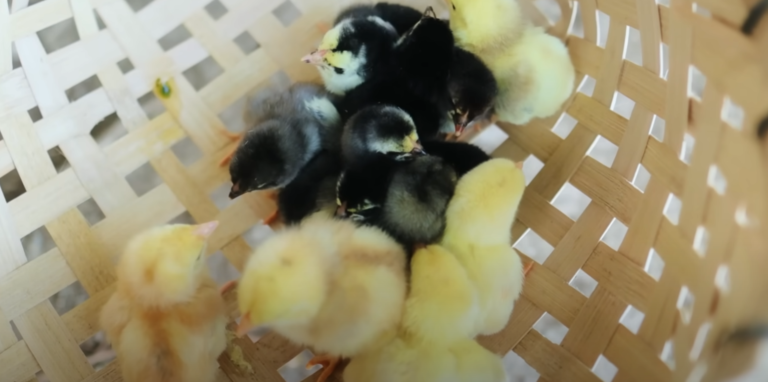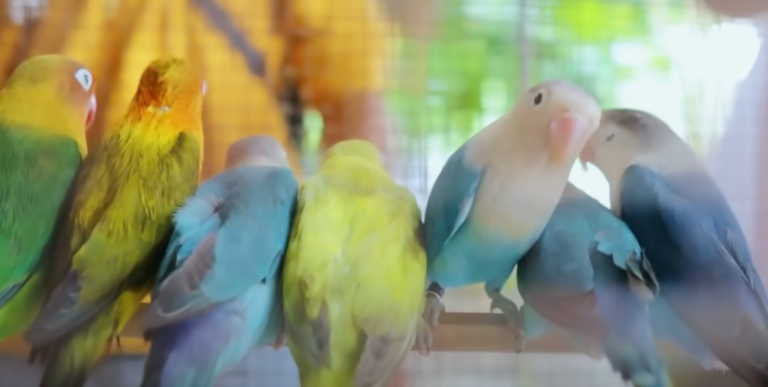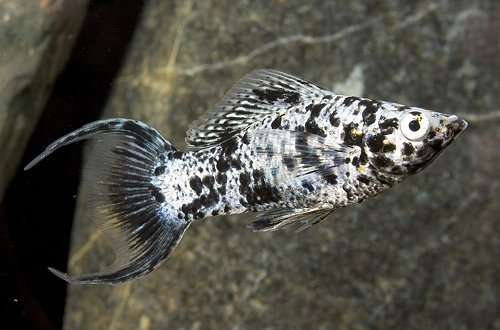How to Breed Different Species of Birds in an Aviary
If you love birds and want to expand your avian collection, you may be wondering if you can breed different species of birds in an aviary. In this article, I will share my experience of trying to breed Java finches and zebra finches with parakeets in a large cage. I will also give you some tips on how to take care of your birds and make them coexist peacefully.
- What are java finches and zebra finches
- How to breed Java finches and zebra finches with parakeets
- How to breed Java finches and zebra finches with parakeets – steps
- How to take care of your birds in an aviary
What are Java finches and zebra finches?
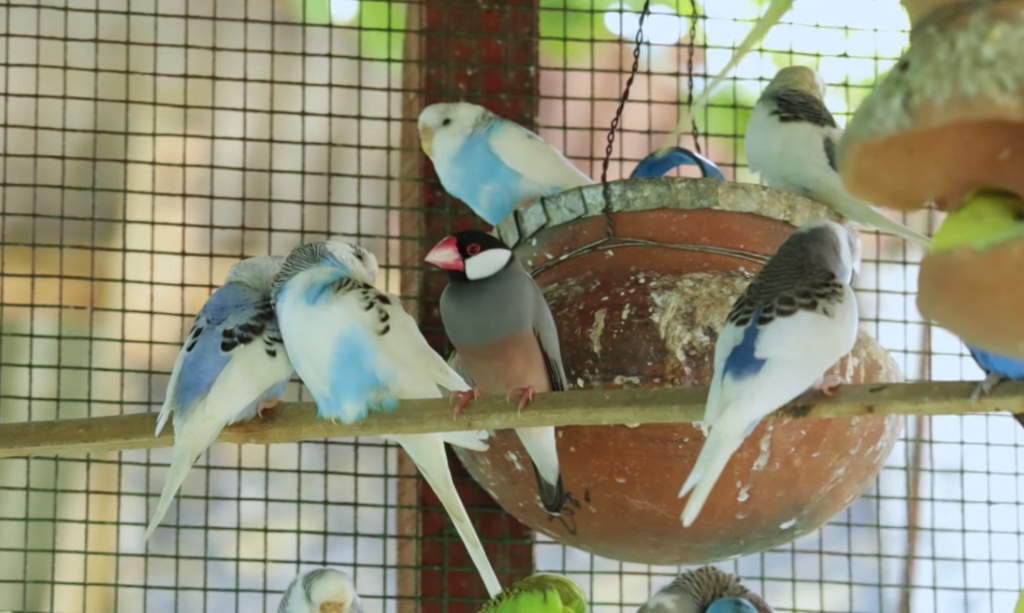
Java finches and zebra finches are small birds that belong to the estrildid family. They are native to Asia and Australia, respectively, but they have been introduced to many other parts of the world as pets or cage birds. They are popular because they are easy to breed, hardy, and not susceptible to many diseases.
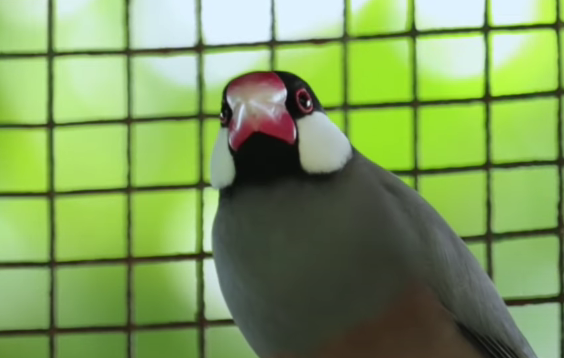
Java finches have a gray body, a black head, and a red beak.
They can grow up to 17 cm in length. Zebra finches have a gray body, a black and white striped tail, and orange patches on the cheeks. They can grow up to 10 cm in length.
Both Java finches and zebra finches are social birds that live in flocks. They feed on seeds, fruits, and insects. They can produce a variety of sounds, such as chirps, whistles, and clicks.
How to breed Java finches and zebra finches with parakeets
Parakeets are medium-sized birds that belong to the psittacine family. They are native to Australia, but they have been domesticated and bred in many colors and varieties. They are popular because they are intelligent, playful, and can learn to mimic human speech.
Parakeets have a slender body, a long tail, and a hooked beak. They can grow up to 40 cm in length. They are also social birds that live in flocks. They feed on seeds, fruits, vegetables, and pellets. They can produce a loud and high-pitched sound, such as squawks, screeches, and chatter.
To breed Java finches and zebra finches with parakeets, you need a large cage or an aviary that can accommodate all the birds comfortably. The cage should have enough space for flying, perching, nesting, feeding, and drinking. It should also have good ventilation, lighting, temperature, and hygiene.
- The first step is to introduce the Java finches and zebra finches to the parakeets gradually. You can start by putting them in separate cages next to each other for a few days or weeks. This will allow them to get used to each other’s presence and sounds. Then you can move them to the same cage or aviary.
- The second step is to observe how the birds interact with each other. You may notice some signs of aggression or territoriality from the parakeets, such as chasing, biting, or plucking the feathers of the smaller birds. This is normal and expected at first, as the parakeets are trying to establish their dominance and hierarchy. However, you should also notice some signs of acceptance or tolerance from the parakeets, such as sharing food, water, or toys with the smaller birds. This is also normal and expected over time, as the parakeets learn to coexist with the smaller birds.
- The third step is to provide suitable nesting materials and boxes for the birds. You can use natural materials such as grasses, twigs, leaves, or feathers for the Java finches and zebra finches. You can use wooden or cardboard boxes for the parakeets. You should place the nesting materials and boxes in different locations within the cage or aviary. This will allow the birds to choose their preferred spot for nesting and breeding. You should also respect their privacy and avoid disturbing them during this period.
- The fourth step is to wait for the eggs to hatch and the chicks to grow. You may see some cross-breeding between the different species of birds if they are compatible genetically. For example, you may see some hybrid offspring between Java finches and zebra finches or between parakeets and Java finches. You should not interfere with the natural process of breeding unless there is a problem or an emergency. You should let the parents take care of their eggs and chicks as much as possible. You should only provide extra food, water, or supplements if needed.
To watch the full video of this experiment – Click here – I Finally Moved the Tiniest Bird! Keeping More Than One Bird in the Same Aviary (Mixing My Birds) – YouTube
How to take care of your birds in an aviary

To take care of your birds in an aviary, you need to follow some basic guidelines:
- Clean the cage or aviary regularly. Remove any droppings, feathers, food scraps, or other waste from the floor and walls. Disinfect the cage or aviary with a mild bleach solution once a month.
- Provide fresh food and water daily. Offer a variety of seeds, fruits, vegetables, and pellets for the birds. Avoid giving them chocolate, avocado, onion, garlic, or alcohol as these can be toxic for them. Change the water every day and clean the dishes or bottles regularly.
- Monitor the health and behavior of the birds. Check for any signs of illness or injury, such as loss of appetite, weight, or feathers, discharge from the eyes or nose, breathing difficulties, or bleeding. If you notice any of these signs, consult a veterinarian as soon as possible.
- Trim the nails and wings of the birds if necessary. You can use a nail clipper or a scissors to cut the nails of the birds. You can use a scissors to cut the primary feathers of the wings of the birds. This will prevent them from escaping or injuring themselves. However, you should only do this if you are confident and experienced. Otherwise, you should seek professional help from a veterinarian or a groomer.
- Provide enrichment and stimulation for the birds. You can give them toys, mirrors, bells, swings, ladders, or other items to play with. You can also talk to them, sing to them, or play music for them. This will keep them happy and entertained.
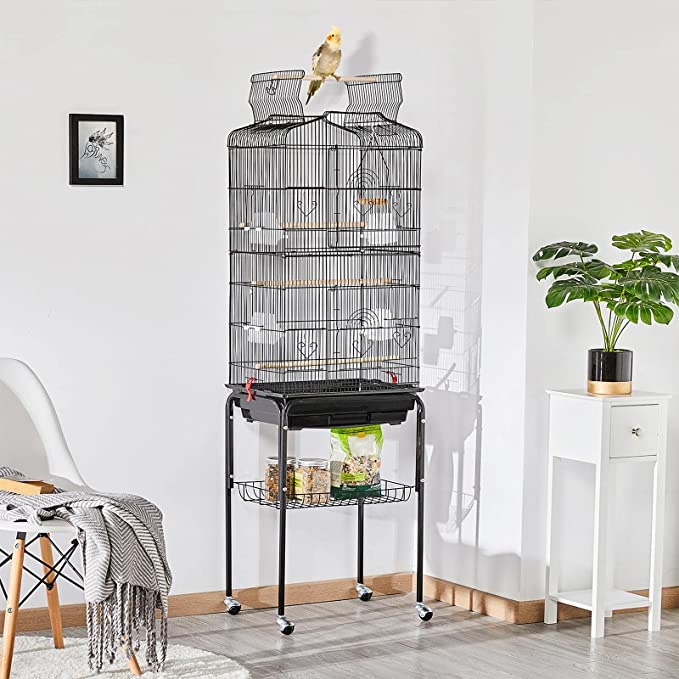
The open-top design comes in handy when you need a decent outside-the-cage place for your birds to stretch their wings.
Breeding different species of birds in an aviary can be a rewarding and enjoyable hobby. You can learn a lot about the behavior and characteristics of different birds. You can also witness the beauty and diversity of nature.
However, you should also be responsible and respectful of your birds. You should provide them with a safe and comfortable environment. You should also take care of their needs and well-being.
If you want to learn more about breeding different species of birds in an aviary, you can do some research online or read some books on the topic. You can also join some forums or groups where you can share your experience and ask for advice from other bird lovers.
To watch the full video of this experiment – Click here – I Finally Moved the Tiniest Bird! Keeping More Than One Bird in the Same Aviary (Mixing My Birds) – YouTube
I hope this article was helpful and informative for you. Thank you for reading and please share your thoughts below.

